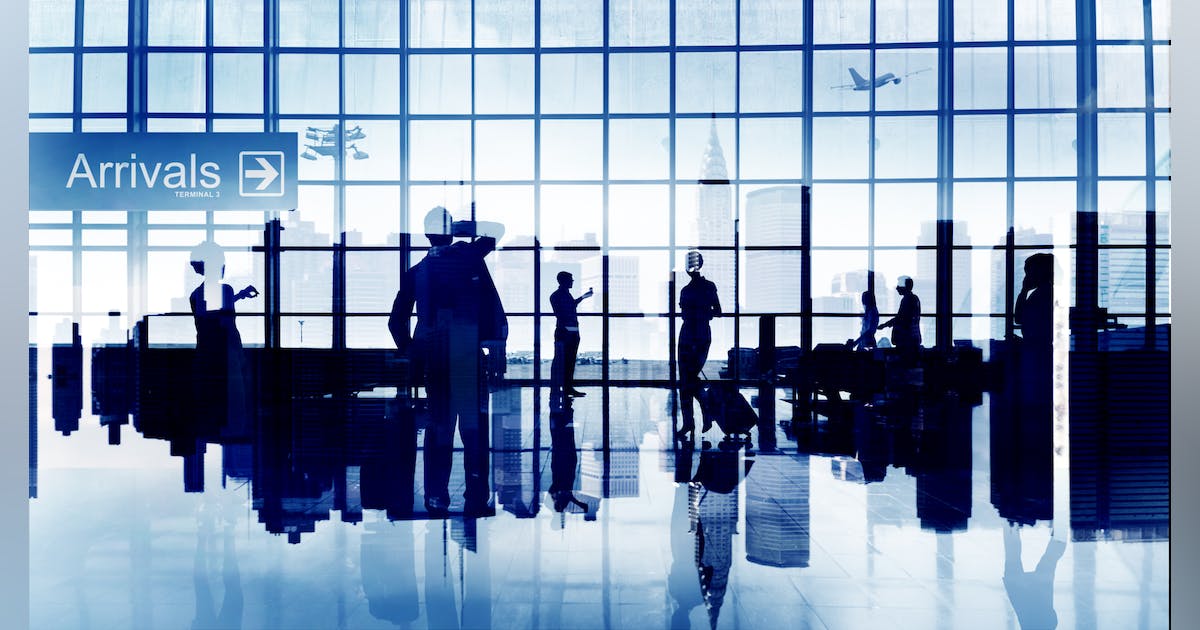Four ways AI is improving the airport experience |
 |
| With passenger numbers returning to pre-pandemic levels, offering a frictionless experience at every stage of the passenger journey is at the forefront of airports’ priorities as they make plans for the future. But the manual processes still relied on by airports in a number of areas, from check-in and boarding to security, make it difficult to drive operational efficiencies and spot patterns that would allow them to make lasting improvements to the passenger experience, George Richardson writes for . George Richardson, the co-founder and CEO of AeroCloud of Cheshire, U.K., explains in his piece for sister website , that AI is well-suited for managing passenger flow when coupled with computer vision technology."Using computer vision-powered solutions, operations teams can respond to issues in real-time and identify patterns that can create improvements in the long term, Richardson writes. "For example, if there are extended wait times at check-in or security areas, teams can be quickly alerted to intervene and deploy additional resources. And if there is a specific pattern for when these security bottlenecks occur, it allows the airport operations team to identify the trend and increase capacity in the future."Richardson also names AI as a technological helper in virtual queuing, biometric boarding, and AI bag scanning."AI technology could be the answer for airports looking to make widespread positive improvements for their people and passengers, paving the way for a seamless airport experience and bringing airports into the future," Richardson concludes.Related: Northrop Grumman eyes research into 3D integrated circuits chip packaging for artificial intelligence (AI)Related: Researchers seek knowledge curation by enabling artificial intelligence (AI) and humans to collaborateRelated: Lockheed Martin to build LRASM anti-ship missiles with on-board sensors and artificial intelligence (AI)Jamie Whitney |
Jun 30th, 2023 |
| source |